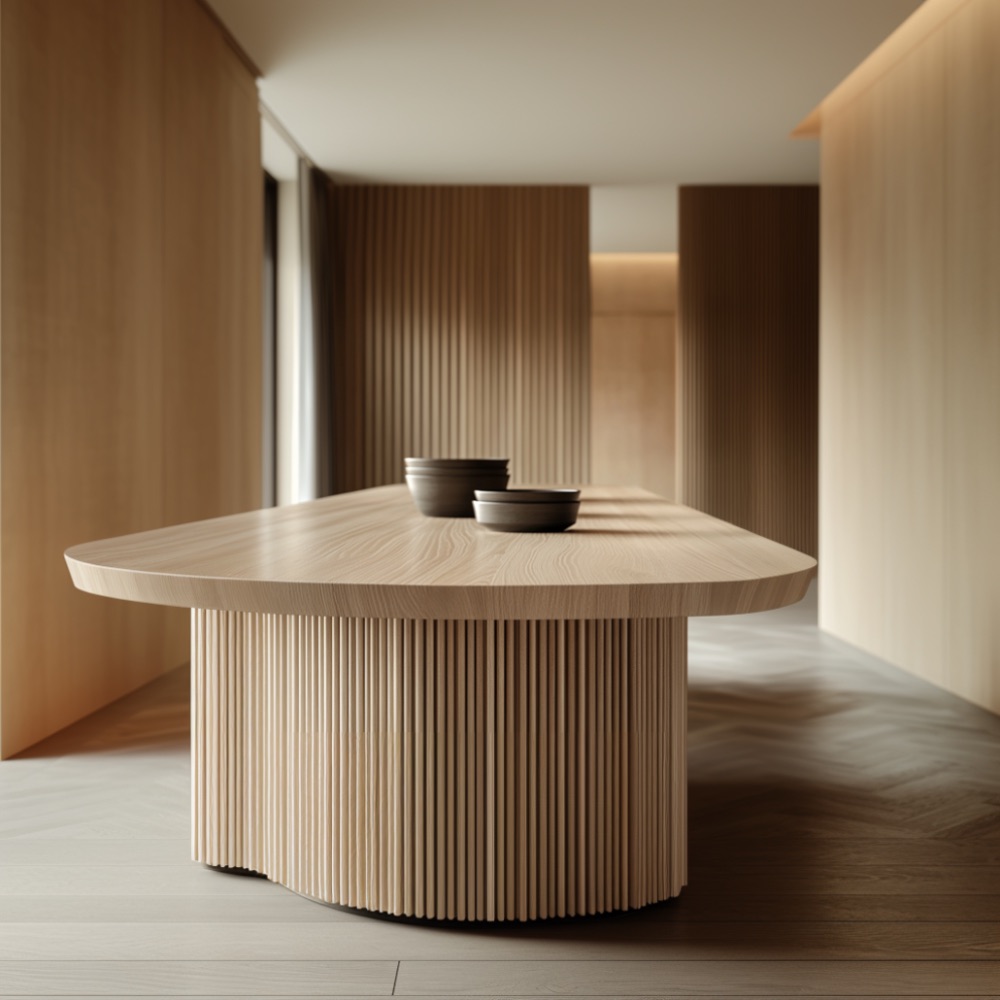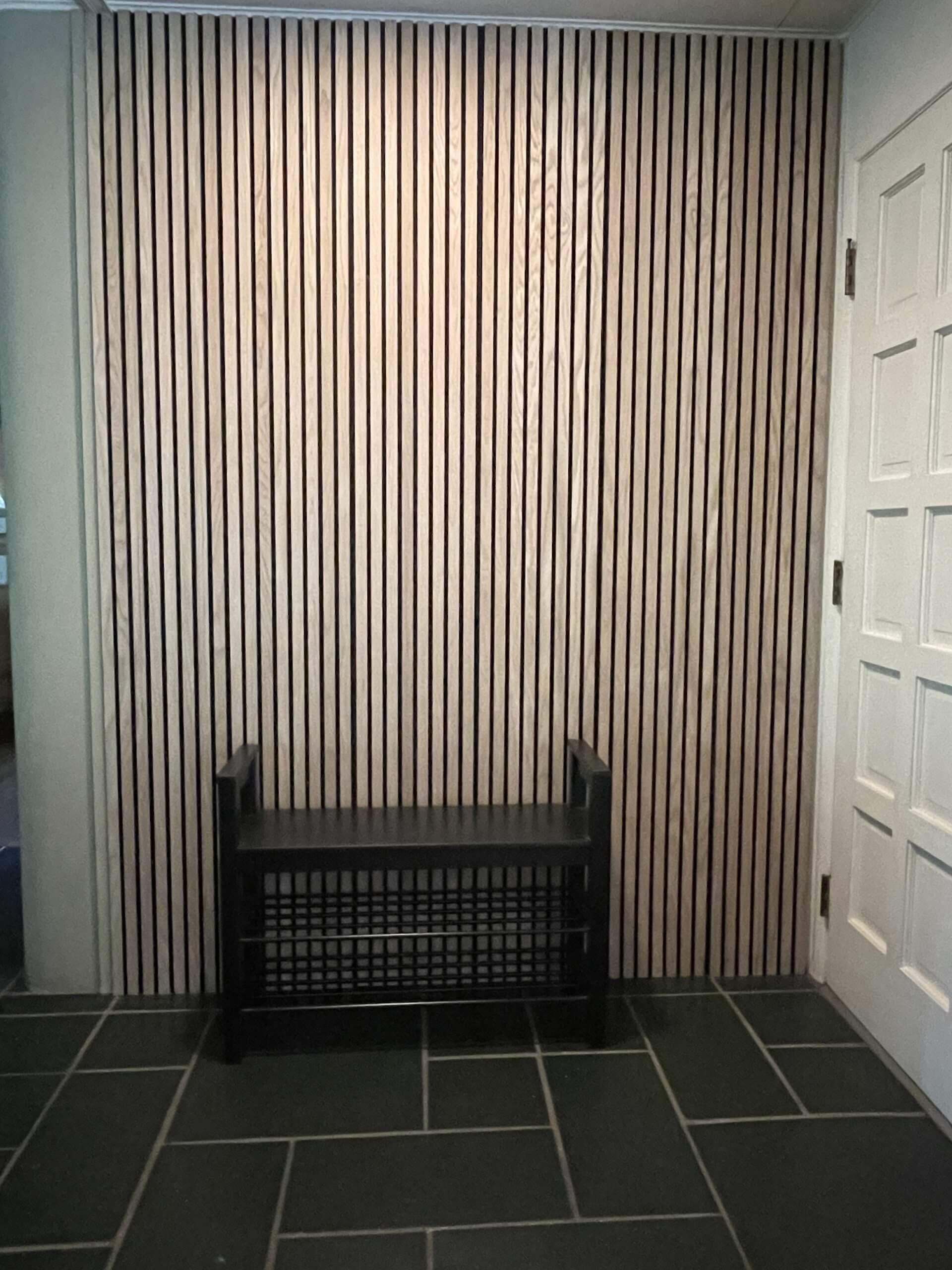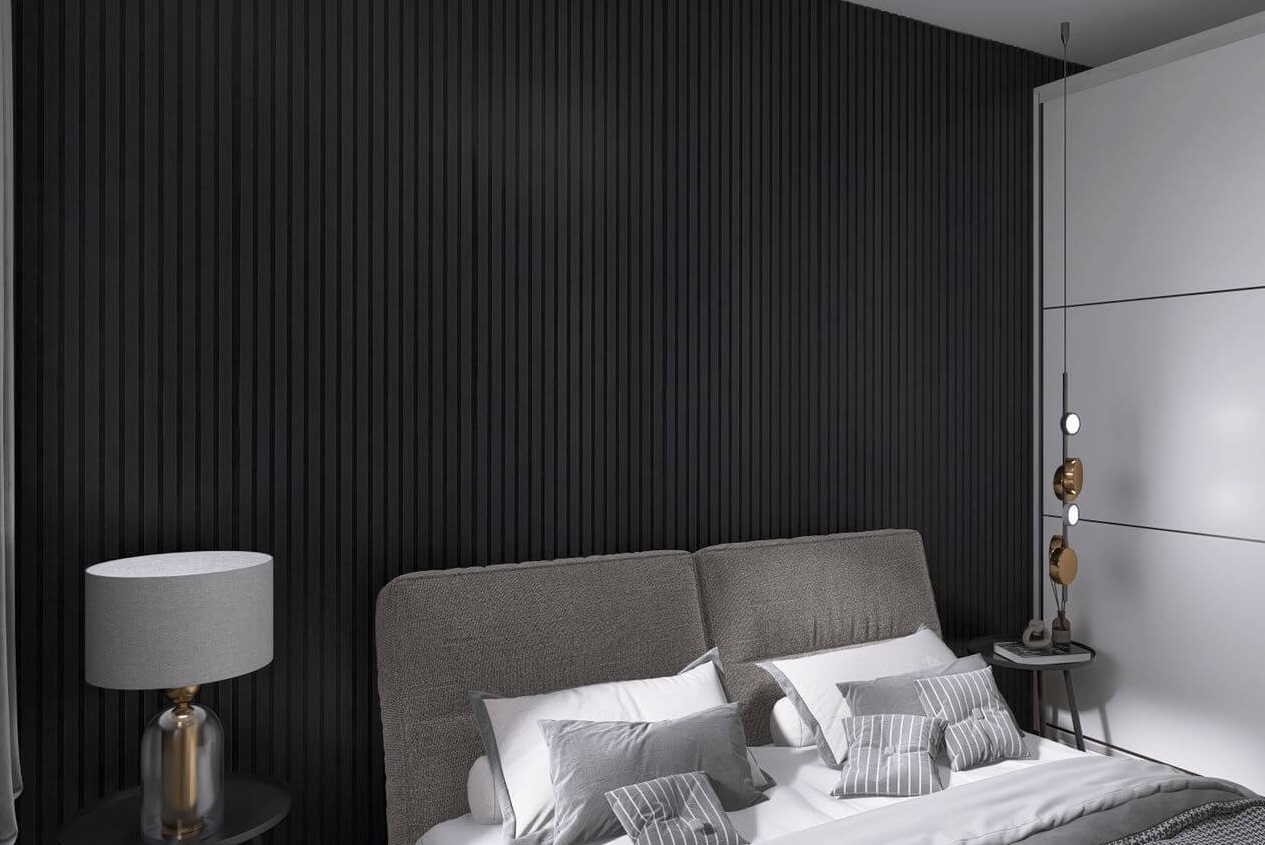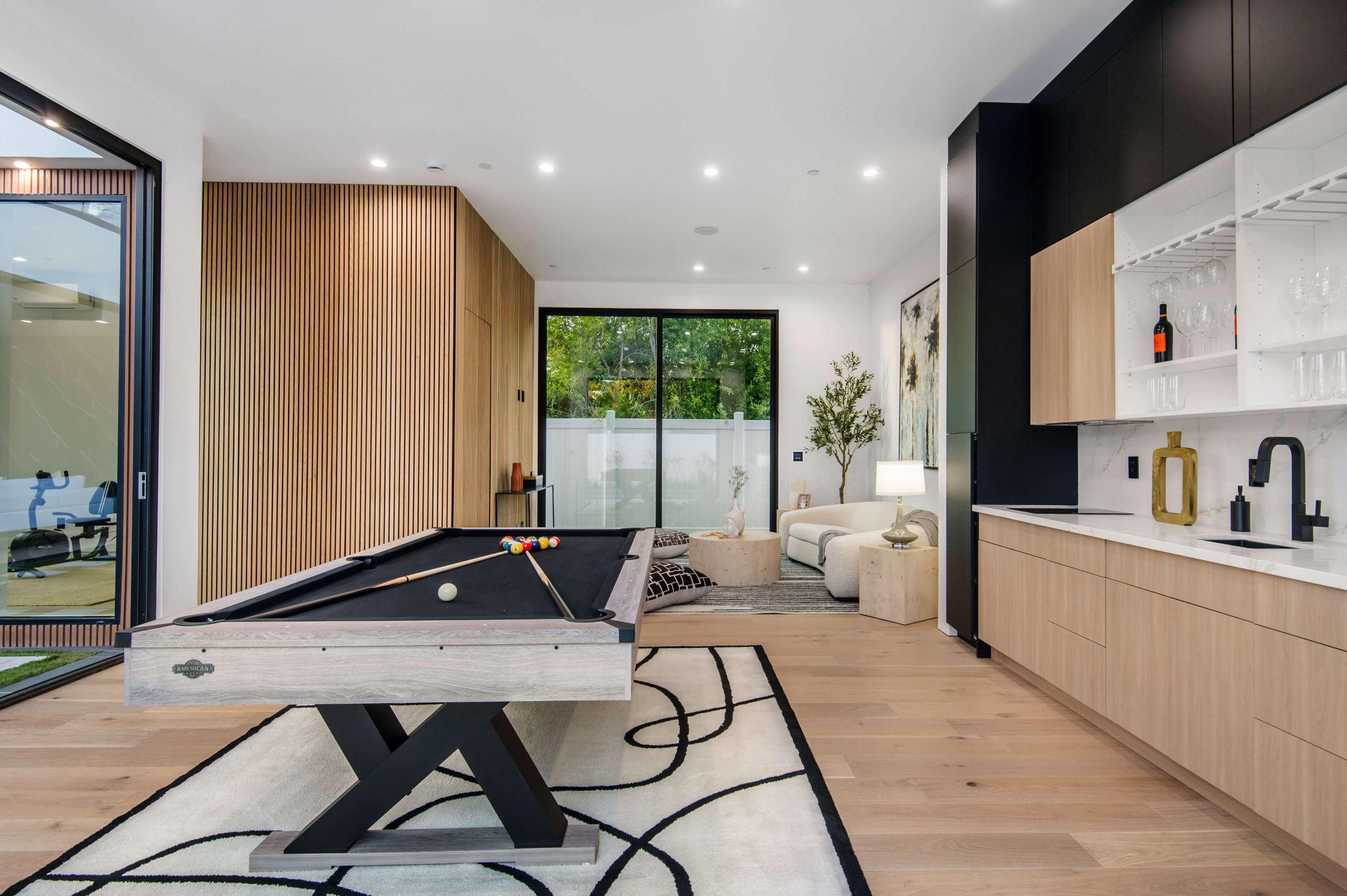When you’re trying to turn plain walls into something more exciting, flexible plywood can be a real game changer. This unique type of wood is exactly what it sounds like: a sheet of plywood that bends. Sounds simple, right? But when you see what it can do for wall paneling, it opens up a world of creative design options. Flexible plywood works beautifully on curved surfaces and adds depth and warmth to rooms without needing expensive tools or fancy tricks.
We’ve seen a growing number of homeowners, interior designers, and builders choose flexible plywood when updating rooms. Why? Because it makes installation smoother, looks amazing when done right, and gives a fresh modern look without overcomplicating things. From small DIY projects to full-room renovations, flexible plywood is making its mark.
Now if you’re wondering how it compares to regular plywood or traditional wall panels, here’s a quick list of why flexible plywood stands out:
- Easily bends to fit curved or rounded walls
- Lightweight yet strong enough for everyday use
- Can be painted, stained, or covered for different styles
- Saves time during installation
- Perfect for both residential and commercial designs
Let’s take a closer look at how flexible plywood fits into real-life wall paneling situations and why it’s winning hearts across design trends.
What Makes Flexible Plywood So Different?
Most plywood sheets are stiff. They’re great for flat walls and ceilings, but the moment you try to wrap them around a curve, they either break or buckle. Flexible plywood, however, is built differently. It has a special structure made to bend while still holding its shape.
Here’s how it works:
- Grain Direction: The grain runs in one direction, allowing flexibility without cracking.
- Layers: It has fewer but thinner layers, making it easier to bend.
- Materials: Often made from tropical hardwoods that are naturally more bendy and durable.
You’ll notice that flexible plywood is easy to cut and glue, and it can be shaped using just clamps and basic woodworking tools. This makes it ideal for custom curves or unusual corners that need extra care. For instance, if you’re designing a feature wall behind your TV or a rounded entryway, flexible plywood can make that job feel like a breeze.
Why Flexible Plywood is Perfect for Wall Paneling
Wall paneling brings texture and style to any room. But not all materials work the same. Flexible plywood makes wall paneling more dynamic and less stressful. Instead of forcing stiff panels into tricky spots, you get a natural fit that follows your wall’s flow.
Let’s explore a few benefits:
- Curved Paneling: Great for rounded rooms or columns.
- Smooth Finish: No awkward gaps or forced bends.
- Design Freedom: Use it to create patterns or waves on the wall.
- Easy to Customize: Add veneer, paint, or laminate to match your style.
- Low Waste: Fewer mistakes mean less material wasted.
If you’ve ever struggled to find the right thickness for wall panels, using something that bends where you need it to is a huge win. Check out this guide on choosing the proper panel thickness so you can make the right decision for your space.
Real-World Uses That Inspire
We love seeing how people use flexible plywood in their homes or businesses. Here are some real-life wall panel ideas that bring warmth, depth, and a touch of creativity:
- Home Theaters – Curved walls help with sound, and flexible plywood wraps perfectly around them.
- Hallway Accent Walls – Add personality with curves and texture.
- Retail Stores – Makes product displays stand out with modern panels.
- Reception Areas – Impress guests with unique and elegant wall finishes.
- Restaurants & Cafes – Brings cozy vibes with a natural touch.
Flexible plywood doesn’t just add a layer of wood to your walls—it tells a story. Whether it’s wrapping around a tricky corner or adding depth behind a bed’s headboard, it gives a room a polished, designer feel without the designer price.
Things to Know Before You Start
If you’re thinking about using flexible plywood for your next project, here are a few tips to help you get started:
- Measure Twice: Make sure your curved surface is measured correctly to avoid trimming later.
- Use the Right Tools: A hand saw, clamps, glue, and sandpaper usually do the trick.
- Start with a Template: If the surface is tricky, make a cardboard model first.
- Seal and Finish: Add a coat of sealant to protect the wood and extend its life.
There are many types of wall panels out there, but when you want something that flows with your space instead of fighting against it, flexible plywood wins every time. You can even match it with other wood wall paneling solutions to keep a consistent look throughout your space.
Common Wall Panel Terms Explained
To help you shop or plan with confidence, here are some terms you’ll often come across:
Description List
- Backing Board – The surface the panel is attached to.
- Butt Joint – A basic joint where two panels meet without overlapping.
- Chamfered Edge – A beveled or angled edge for smoother joints.
- Veneer – A thin slice of wood applied over flexible plywood for a premium look.
- Substrate – The base material under the panel, often drywall or MDF.
Understanding these terms can make your project smoother and help when you’re talking with suppliers or contractors.
Is It Worth the Switch?
Absolutely. Flexible plywood is not just about ease. It’s about giving your home or office personality. Instead of plain walls, you get texture. Instead of struggle, you get solutions. And instead of wasting time trying to make materials work, you get the perfect fit from the start.
If you’re still unsure, browse more wood paneling options here and get inspired by real projects that brought life back into their walls.
Final Thoughts and Next Steps
Flexible plywood makes wall paneling easier, more creative, and totally doable—even if you’re not a pro. We believe it’s one of the best ways to transform any wall without stress. It works where other materials fail, and it looks good doing it.
Thinking about making a change? Don’t wait. Take a look at our full wall paneling collection and see what fits your next project.
Make your walls work with you—not against you.
Let’s bend the rules a little. Together.
FAQs
1. Can I use flexible plywood to panel a curved wall in my home?
Yes, flexible plywood is perfect for curved walls. It’s designed to bend without breaking, which makes it ideal for tricky corners, columns, or rounded room designs. Whether you’re paneling a hallway or wrapping around an arched doorway, it flexes easily to match the shape.
2. Do I need any special tools to install flexible plywood for wall paneling?
Nope! Most DIYers can get the job done using basic tools like a hand saw, clamps, wood glue, and sandpaper. It’s a very user-friendly material—even if you’re not a pro.
3. How do I finish or decorate flexible plywood panels once they’re installed?
Once installed, you can finish them with paint, stain, or even laminate. If you want a more high-end look, you can apply a wood veneer. Don’t forget to seal the wood for long-term durability, especially in high-moisture areas.
4. Is flexible plywood strong enough for everyday use on walls?
Absolutely. Even though it’s bendable, flexible plywood is still strong and stable. It holds up well in everyday spaces like living rooms, offices, or storefronts. Just make sure it’s attached to a solid backing like drywall or MDF for best results.
5. Where can I find high-quality flexible plywood panels for my project?
You can explore a wide selection of premium wall paneling options—including flexible plywood—on this top-rated wood paneling site. They offer beautiful styles and materials that fit every design need.








